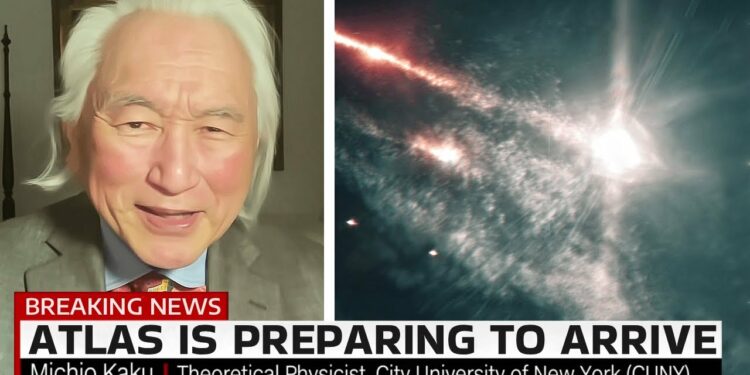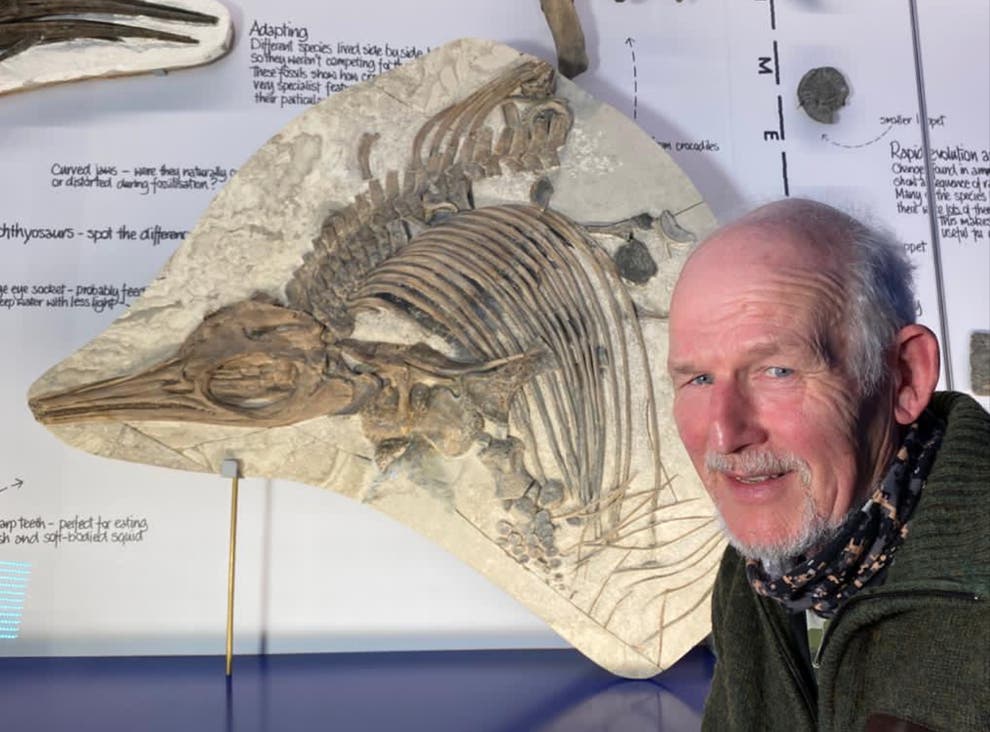Astronomers have captured stunning new images of 3I Atlas, the third interstellar object ever observed from Earth, as it speeds through our solar system. These images are being streamed live globally, showcasing the object in real time. Take a look!. Absolutely, check out this incredible object! Unlike typical space objects, 3I Atlas defies basic physics and is approaching Earth in an unusual manner. Major observatories worldwide have shifted their focus from other projects to study this mysterious visitor. Is this a remarkable coincidence, or is something—or someone—intentionally trying to capture our attention?
The Mathematics of Impossibility
Currently, about 400 million miles from Earth, 3I Atlas is challenging everything we thought we knew about the universe. This object isn’t just unusual—it’s statistically improbable to a degree that has some of the world’s brightest minds questioning whether natural processes alone can explain it. The odds of all its anomalies occurring by chance are so small they’re practically negligible. It’s like a stranger in a crowded city calling you by name, knowing your birthday, and handing you the exact amount needed to pay a bill due tomorrow. Each event might have a tiny chance of happening randomly, but when combined, the probability approaches zero, suggesting something deliberate. This is the statistical reality astronomers face with 3I Atlas.
Discovery and Detection
The object was first detected by the Asteroid Terrestrial-impact Last Alert System (ATLAS) in Hawaii. Remarkably, NASA’s TEST mission had photographed it months earlier in the outer solar system, but its significance wasn’t realized until later. It’s akin to a security camera capturing a bank robbery, only for the footage to be noticed after the robbers turn themselves in. ATLAS and TEST process around 40,000 images nightly, using advanced pattern recognition to compare sequential photos and identify objects moving against the backdrop of stars. The software calculates preliminary orbits and flags those that don’t match known asteroids or comets. 3I Atlas went unnoticed initially because it doesn’t follow predictable patterns—it was active and bright when it should have been dormant, glowing with unusual colors, and moving on a trajectory that seems too precise to be natural.
A Cosmic Timing Puzzle
The timing of 3I Atlas’s arrival is striking. It’s appearing when humanity has the technology to study interstellar objects in detail. Fifty years ago, we’d have missed its peculiarities; fifty years from now, we might have better tools but different priorities. Its arrival now, when we’re equipped to notice its oddities but not fully understand them, feels almost too perfect.
Alien Chemistry
The spectral analysis of 3I Atlas reveals a chemical makeup that tells the story of a distant star system, possibly billions of years old. Its 16:1 carbon dioxide-to-water ratio is unlike anything in our solar system, suggesting formation in a carbon-dominated environment, possibly around a younger or older star with conditions alien to ours. Spectroscopic techniques, which split light into thousands of wavelengths, detect trace elements with precision down to one part per million. Yet, the presence of nickel without iron is particularly baffling, as these elements are typically produced together in stellar nucleosynthesis. Finding nickel alone is like seeing a shadow without its source, hinting at unknown natural processes or even artificial origins. The dust around 3I Atlas also shows polarization patterns suggesting engineered structures, further deepening the mystery.
Defying Physics
Conventional comet models fail to explain 3I Atlas. It was active far beyond Jupiter, where solar heating shouldn’t trigger such behavior, suggesting either highly responsive materials or internal heat sources like radioactive elements. Its brightness increases erratically, with sudden spikes that defy predictable patterns, unlike the smooth brightening of typical comets. These anomalies—wrong chemistry, physics, trajectory, and timing—form a pattern that challenges our understanding of natural space objects.
A Suspiciously Perfect Orbit
The trajectory of 3I Atlas is another enigma. Interstellar objects typically follow chaotic, hyperbolic orbits, but 3I Atlas aligns almost perfectly with the ecliptic plane, with odds of about one in several million. Its path efficiently passes Mars, the Sun, Venus, and Jupiter at ideal distances for observation, maximizing scientific value while avoiding destruction. This precision feels choreographed, as if designed for study. The timing allows just enough preparation for global observations, adding to the sense that this object’s visit is no accident.
Global Scientific Mobilization
The world’s top telescopes, including Hubble and James Webb, have canceled scheduled projects to focus on 3I Atlas, a rare and significant shift. Ground-based observatories have formed a global network, passing observations from Hawaii to Chile as Earth rotates. The SOHO spacecraft, meant to monitor the Sun, has been repurposed to track 3I Atlas, requiring new software. Even Mars orbiters, Mars Express and ExoMars Trace Gas Orbiter, will attempt to photograph it during its October flyby, despite being designed for Martian studies. This unprecedented cooperation reflects the scientific community’s belief that 3I Atlas could redefine our understanding of the cosmos.
The October Deadline
October 2025 is a critical month. The Mars flyby, at 28 million km, offers a brief window to capture images as 3I Atlas speeds past. The perihelion on October 29 will be the ultimate test, as solar radiation could reveal or destroy the object’s structure. Post-perihelion, 3I Atlas will vanish behind the Sun for weeks, leaving scientists in suspense until it reemerges in December. Observing it near the Sun’s glare requires innovative techniques, like spotting it at dawn or dusk.
What are your thoughts on 3I Atlas? Share them below, and stay updated by liking and subscribing for the latest on this cosmic mystery.






















